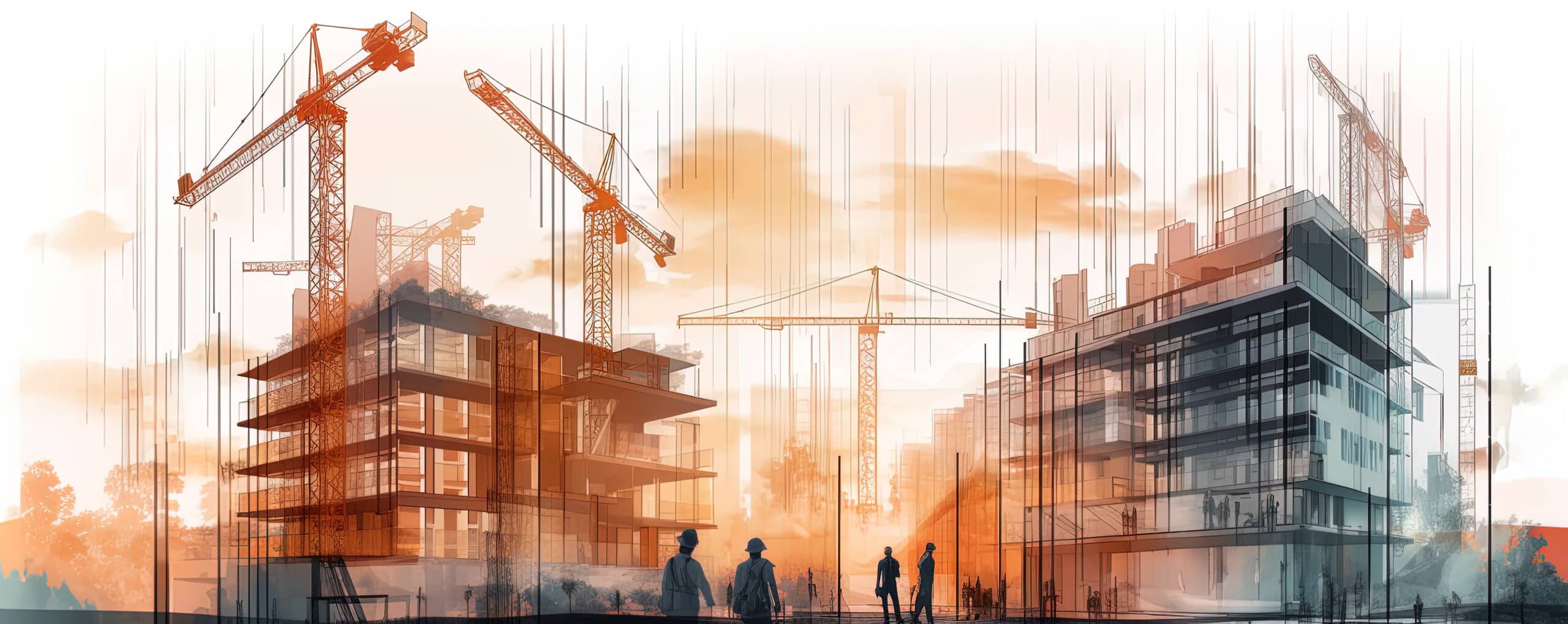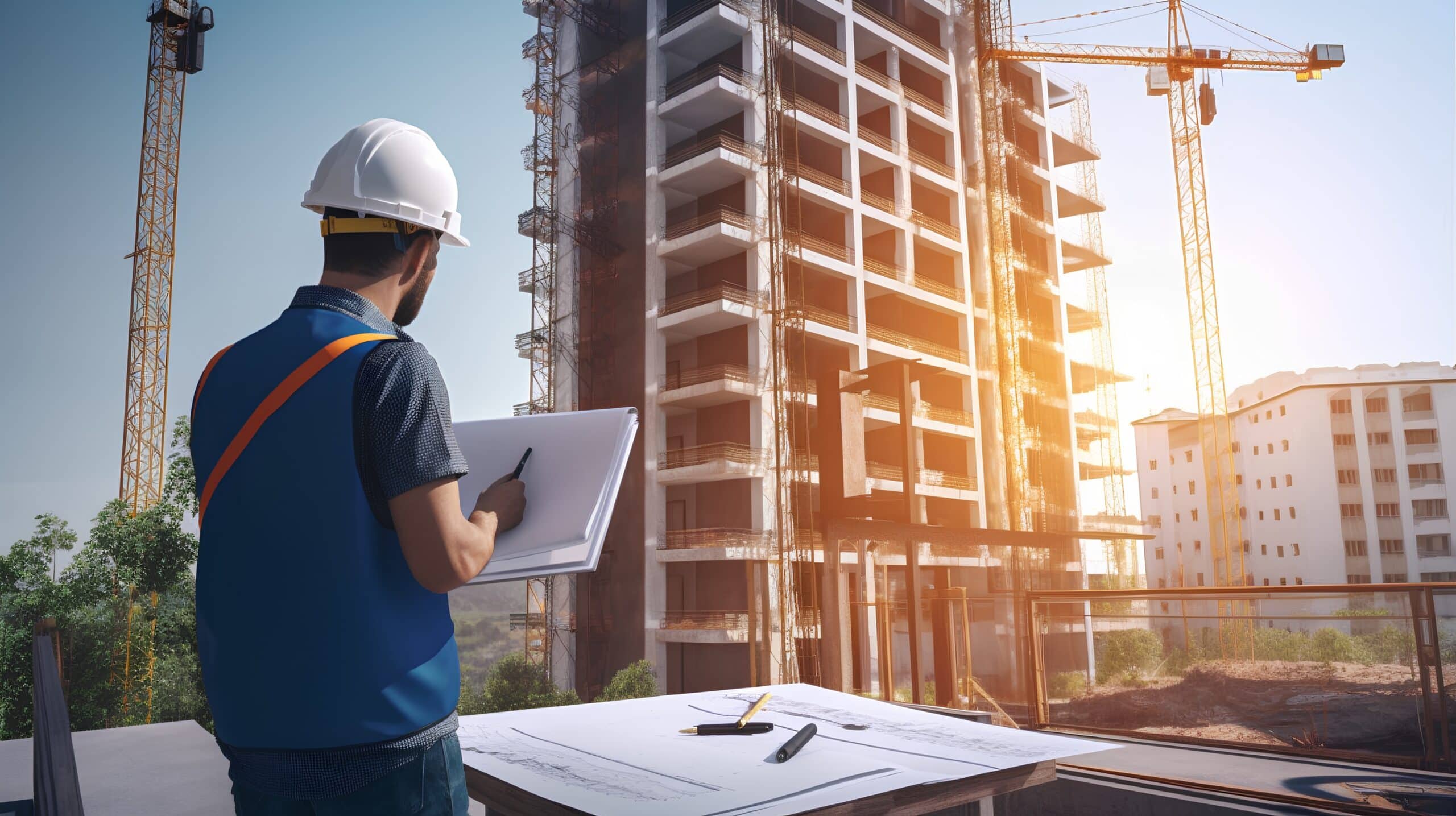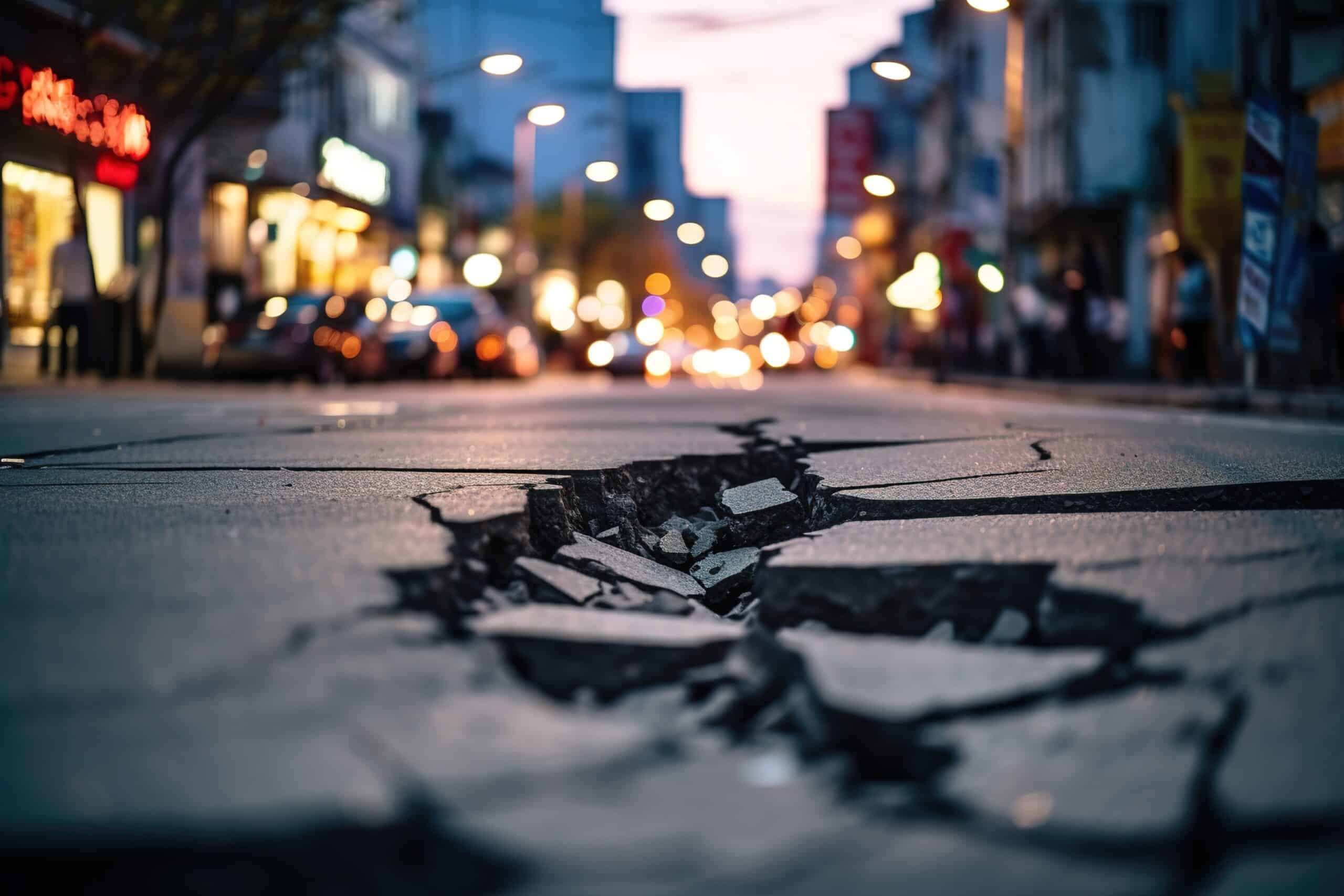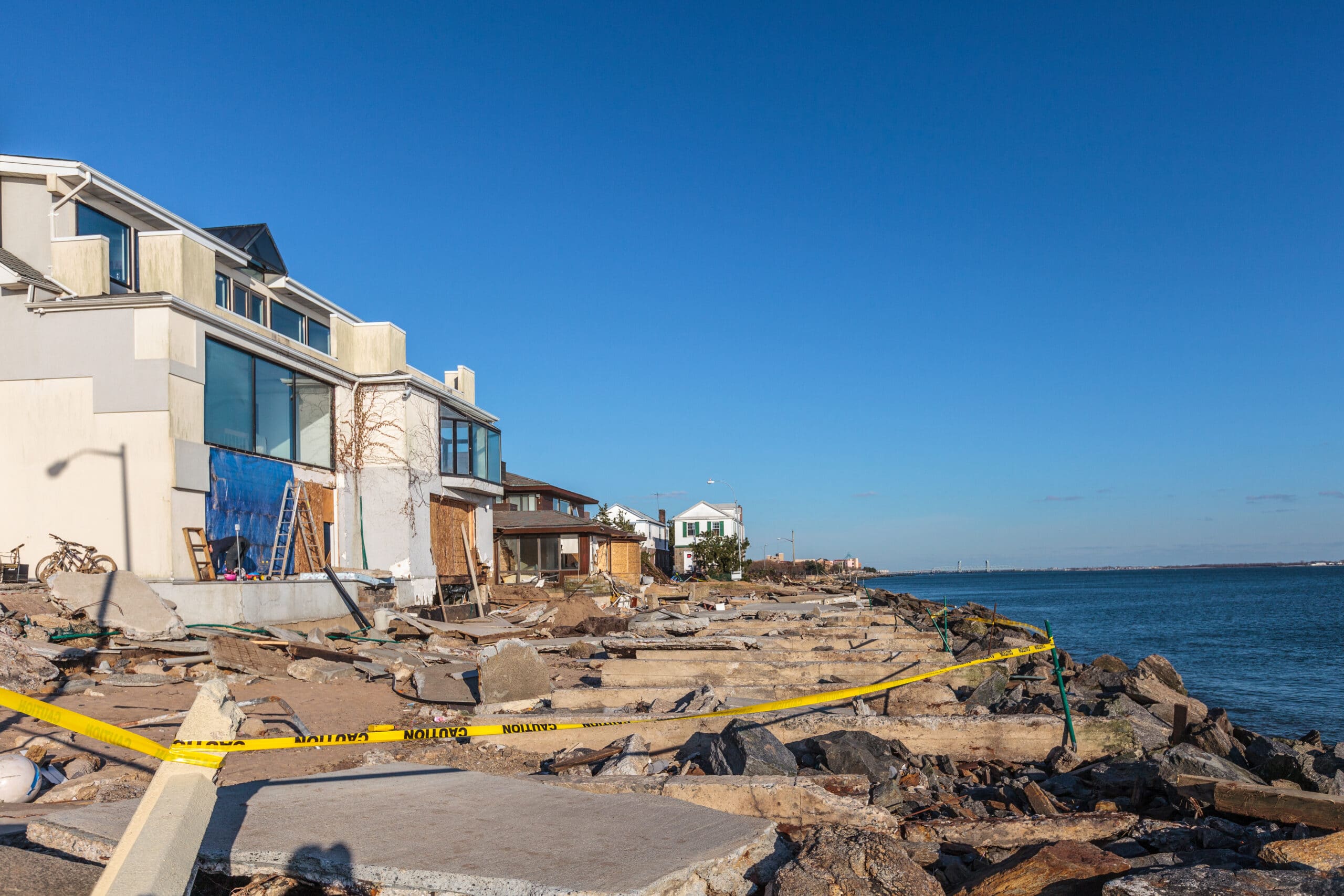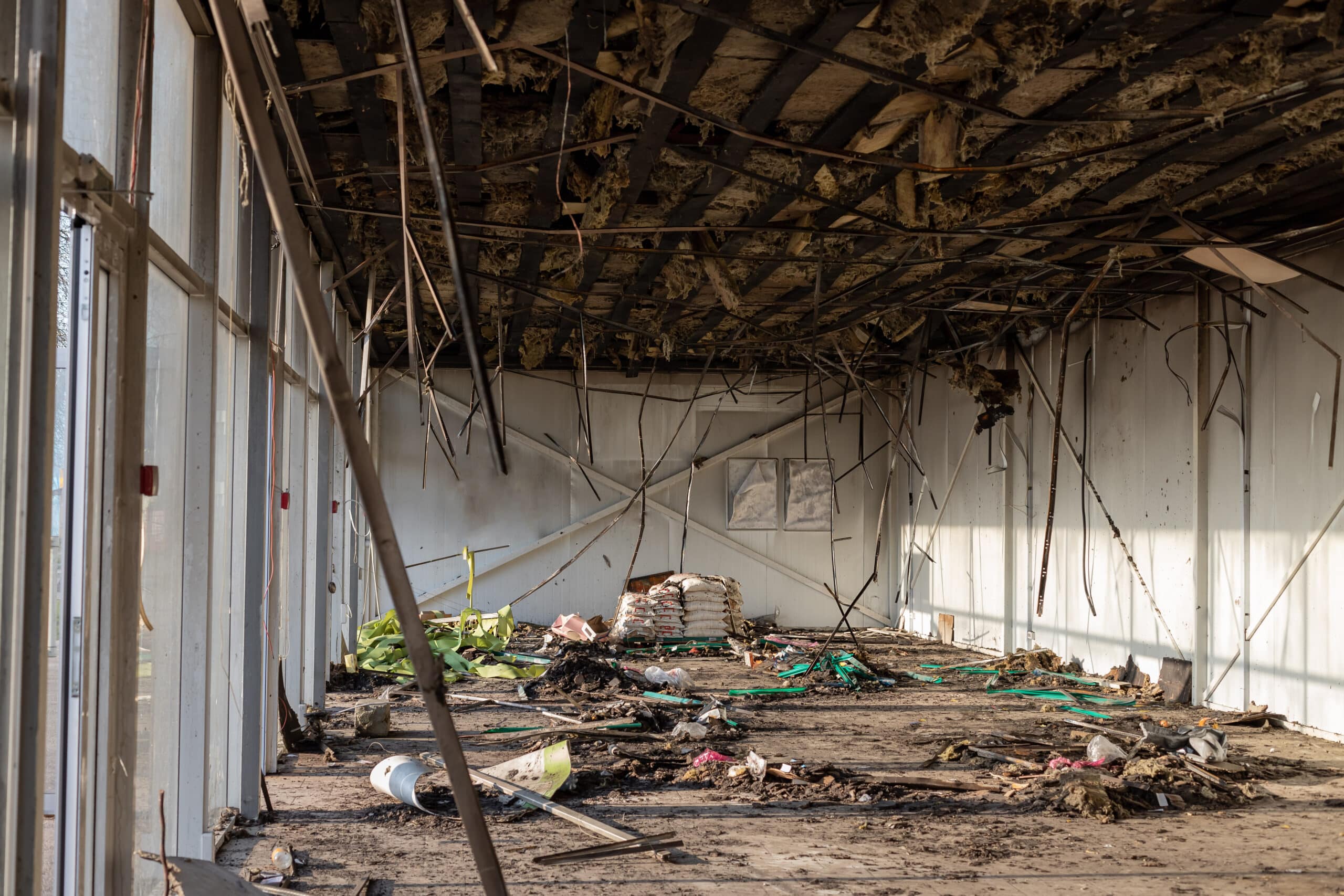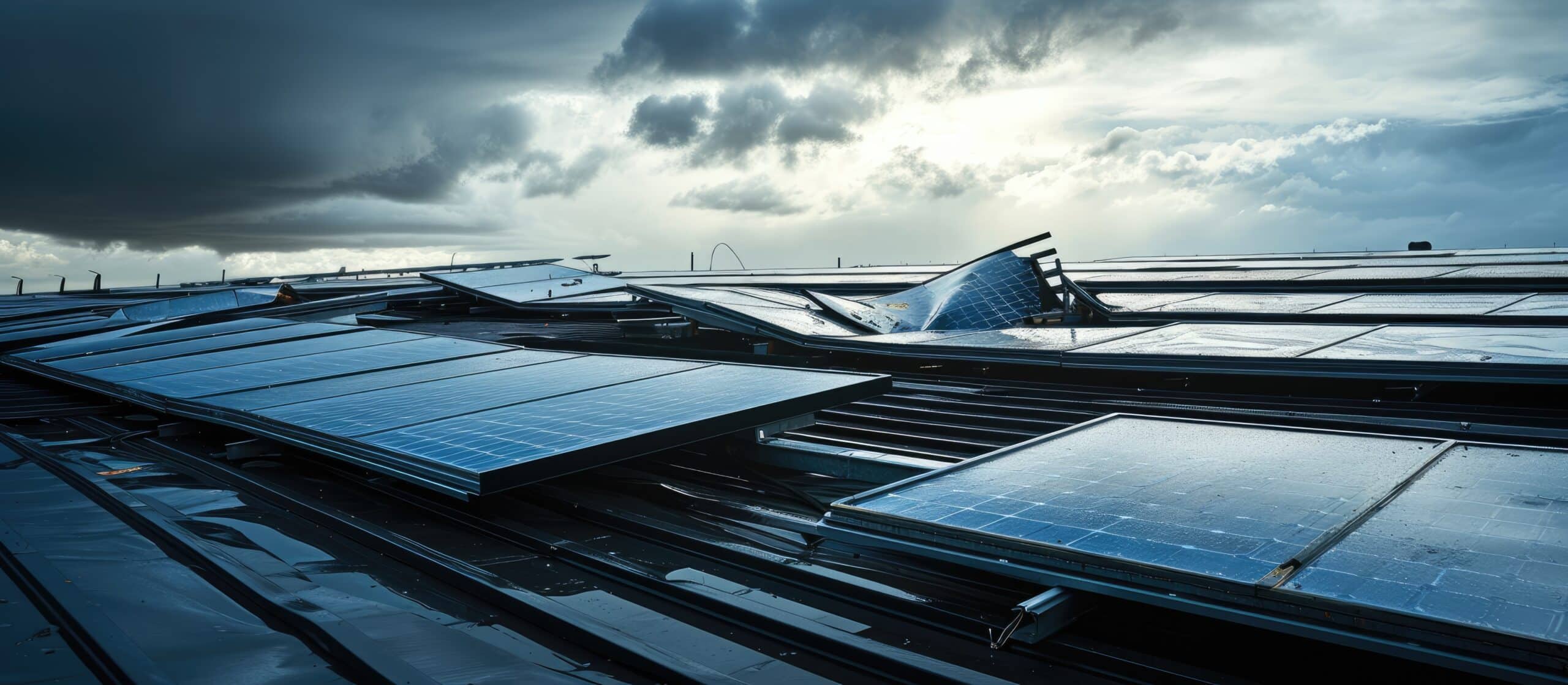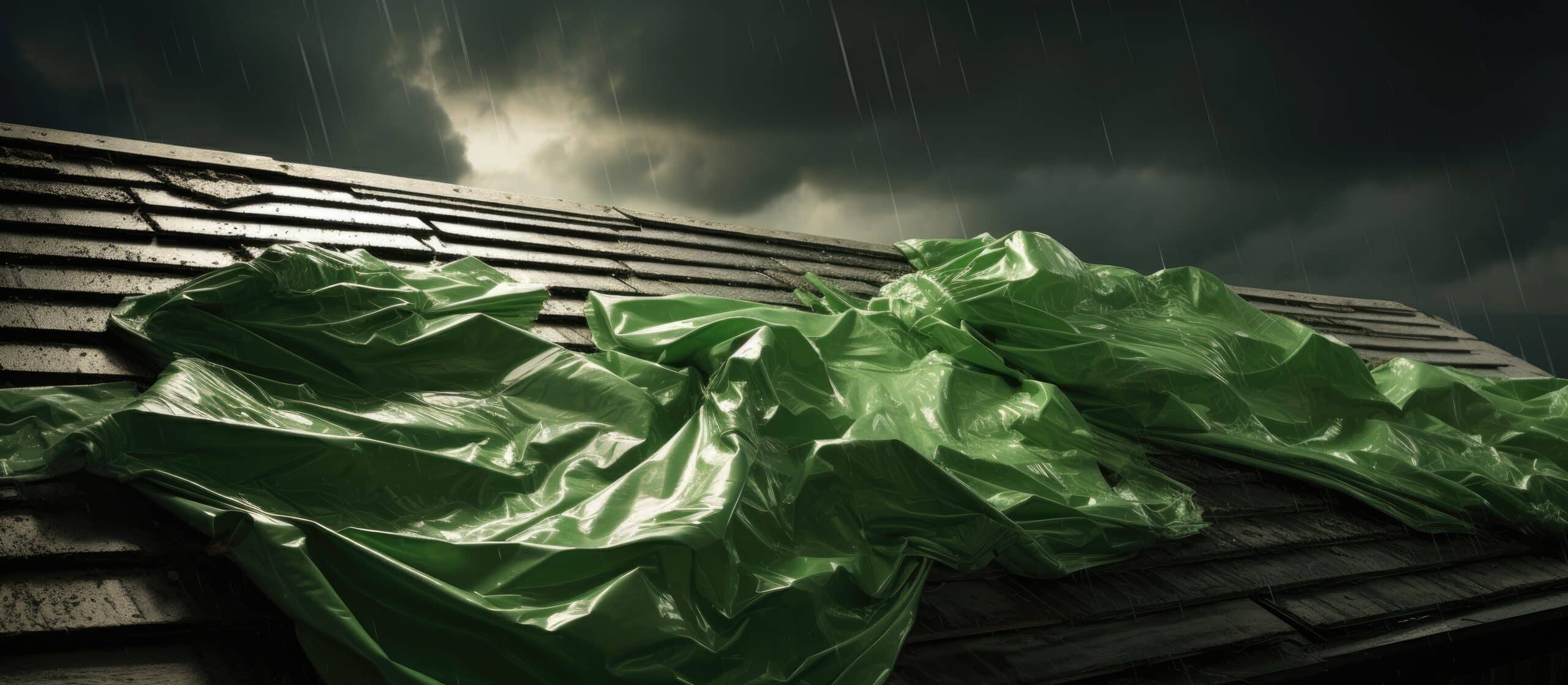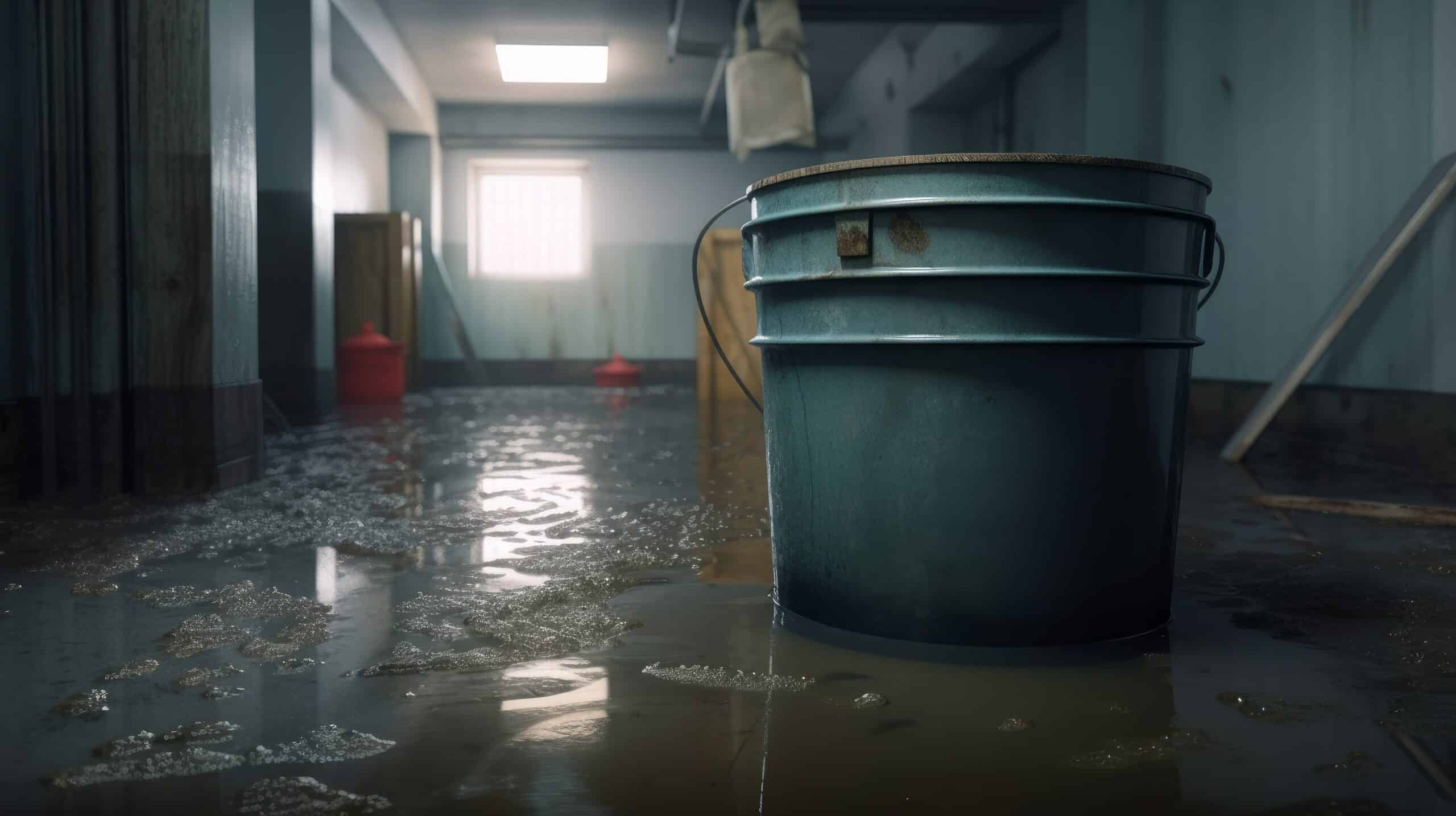YA specializes in forensic evaluations of damage to existing buildings and structures. Damage can result from any number of causes, including singular events such as earthquakes, hurricanes, wind, fire, floods, and impact; long-term effects such as corrosion, soil settlement, wear and tear, and decay; or human-influenced causes such as design errors, installation defects, and deferred maintenance.
YA professionals have a vast background in forensic evaluations, which enables them to investigate all types of damage to all manner of buildings and structures. YA Damage Assessment Services are provided by experts in structural analysis and finite element modeling, non-destructive and destructive testing methods, mechanical, HVAC & plumbing systems, marine structures, building envelopes, and code upgrade evaluations.
